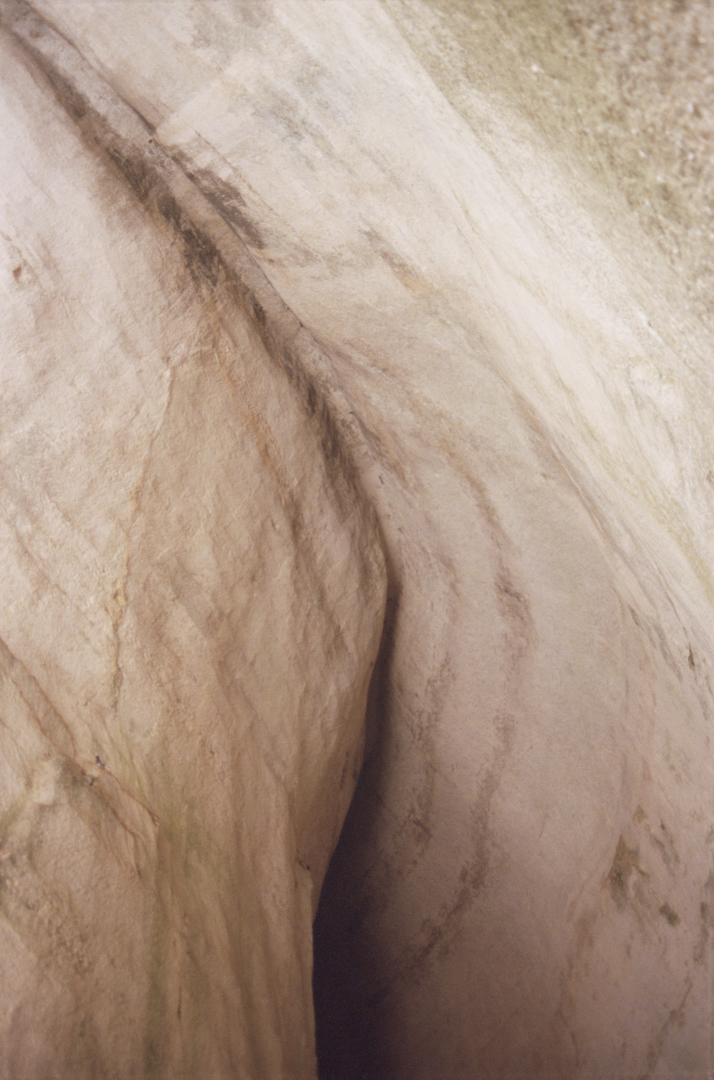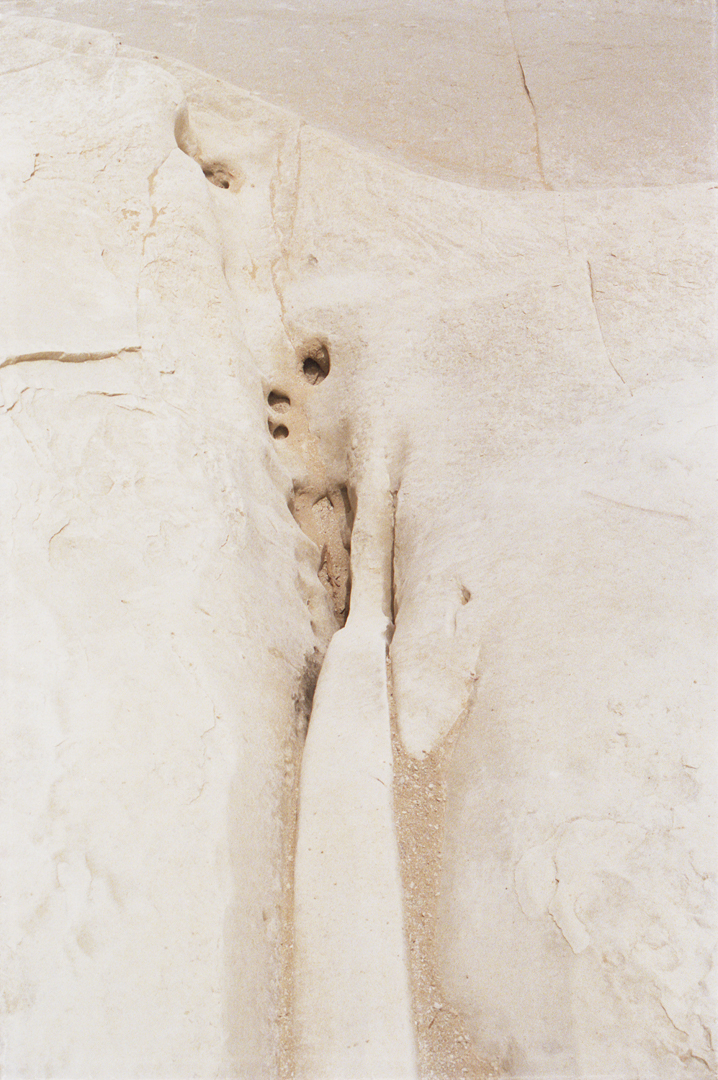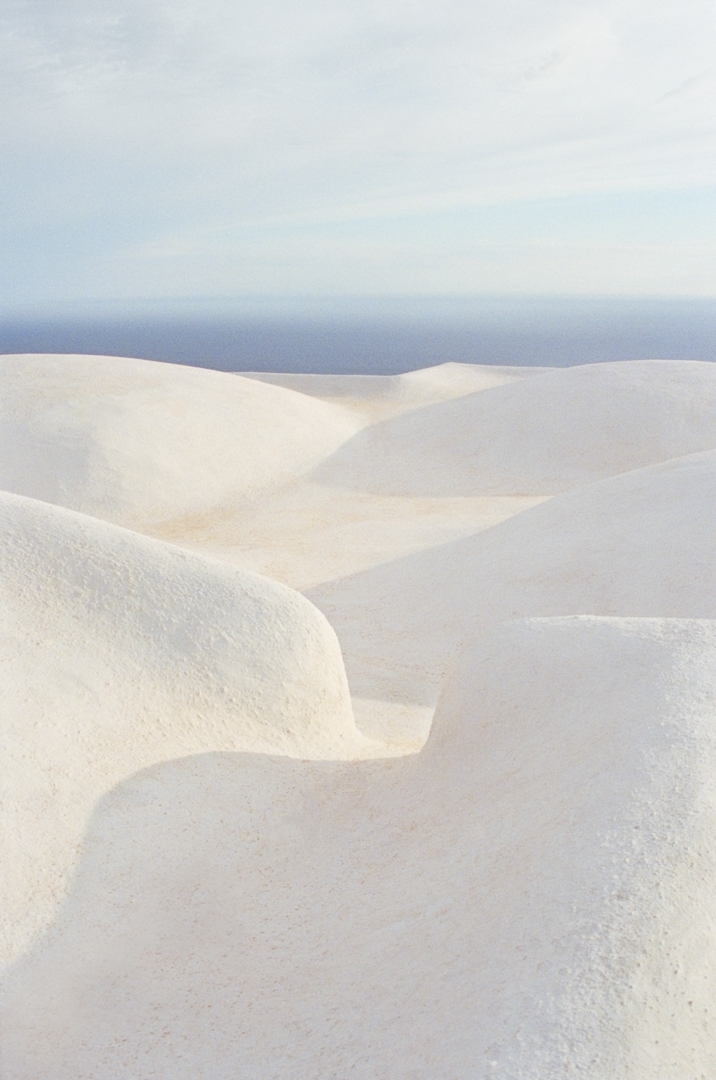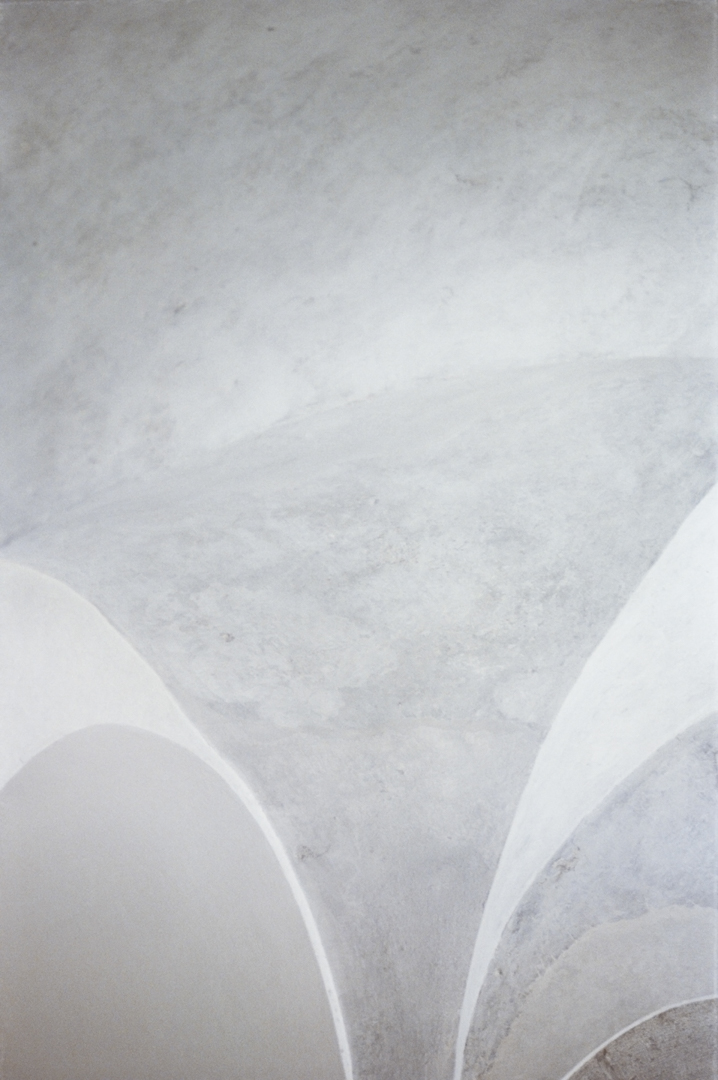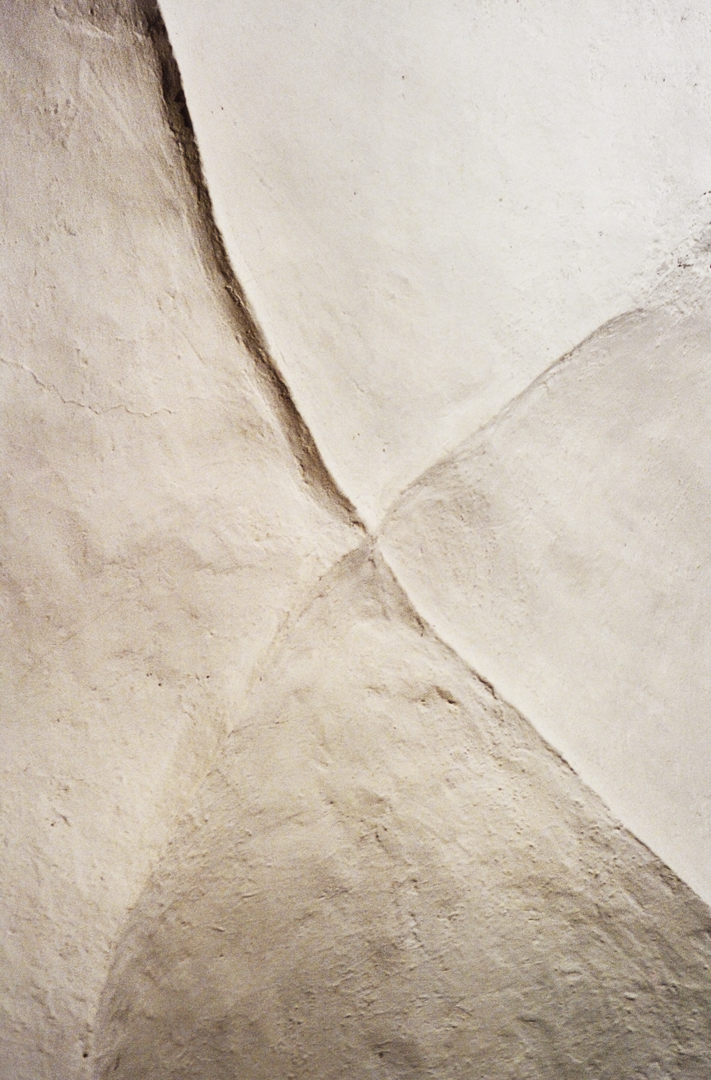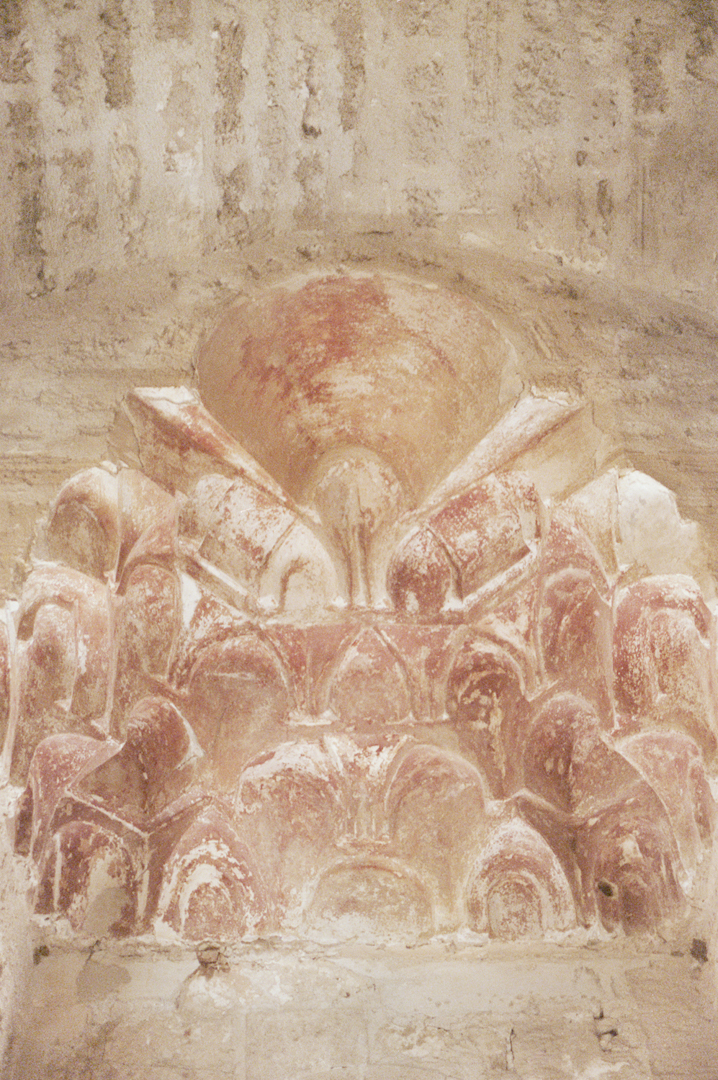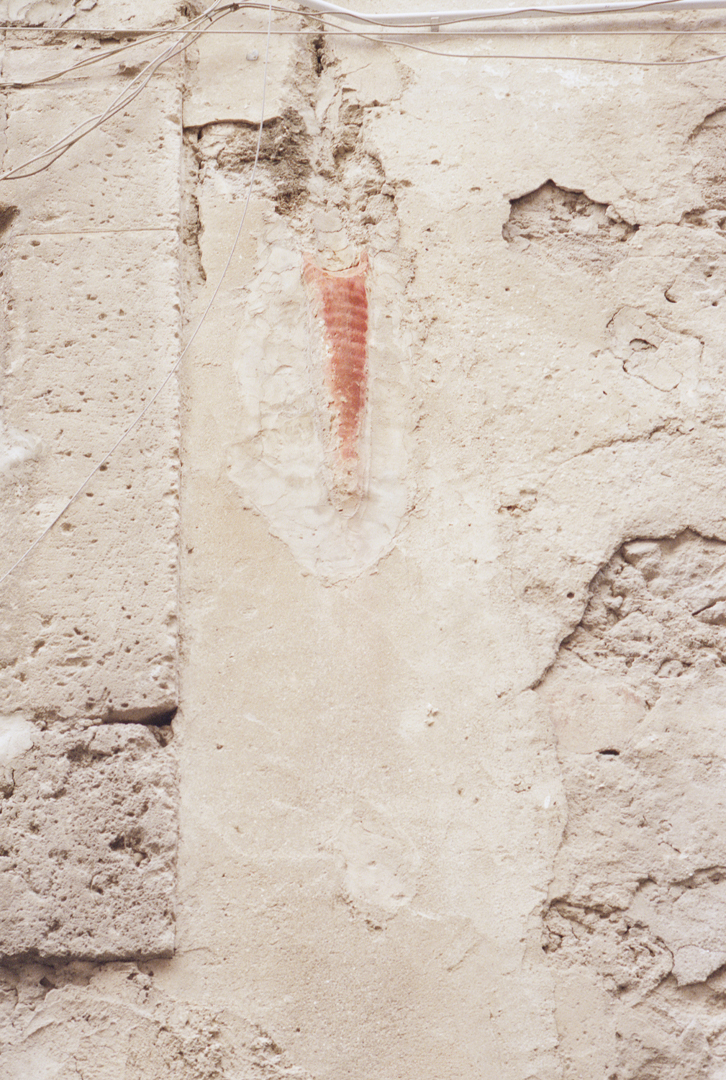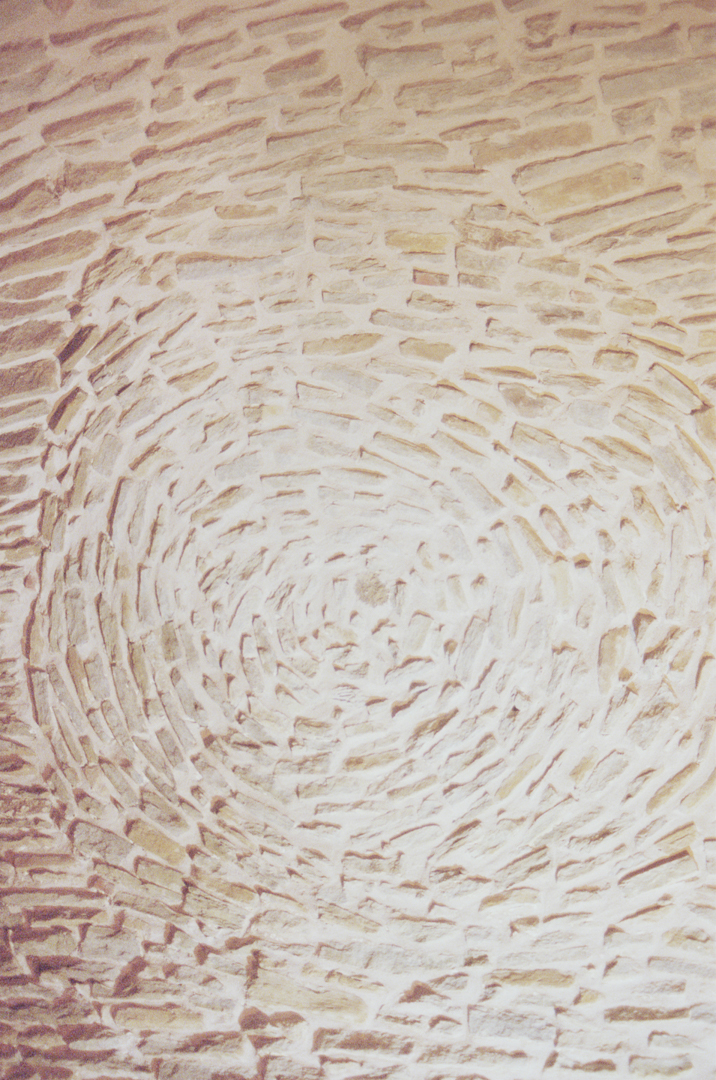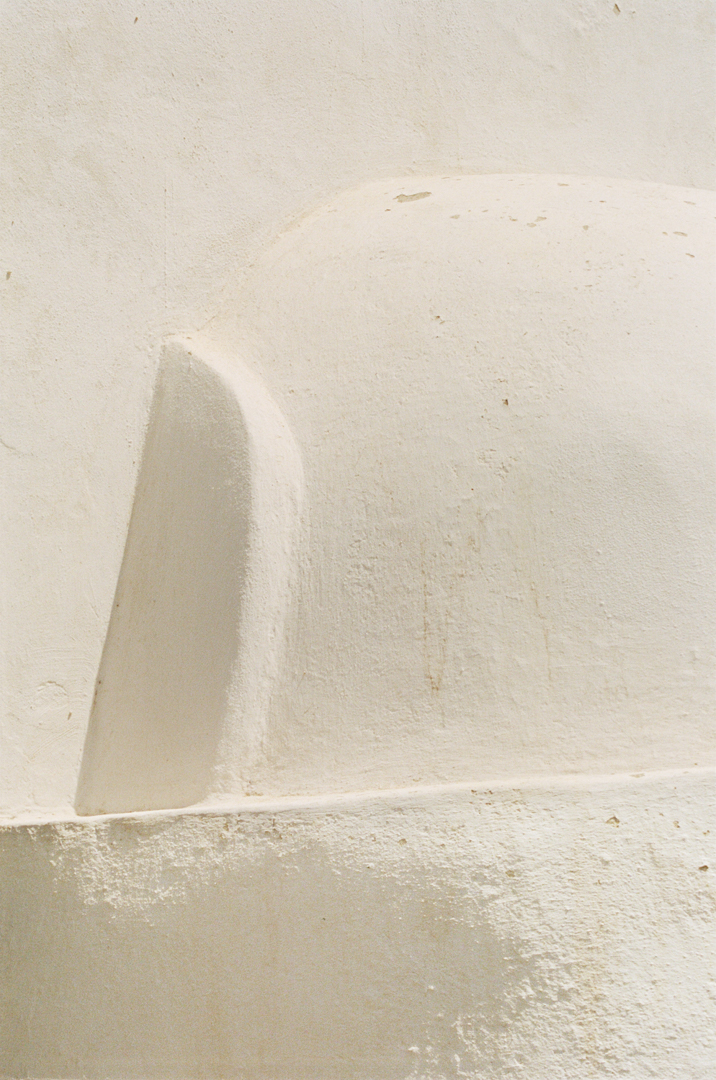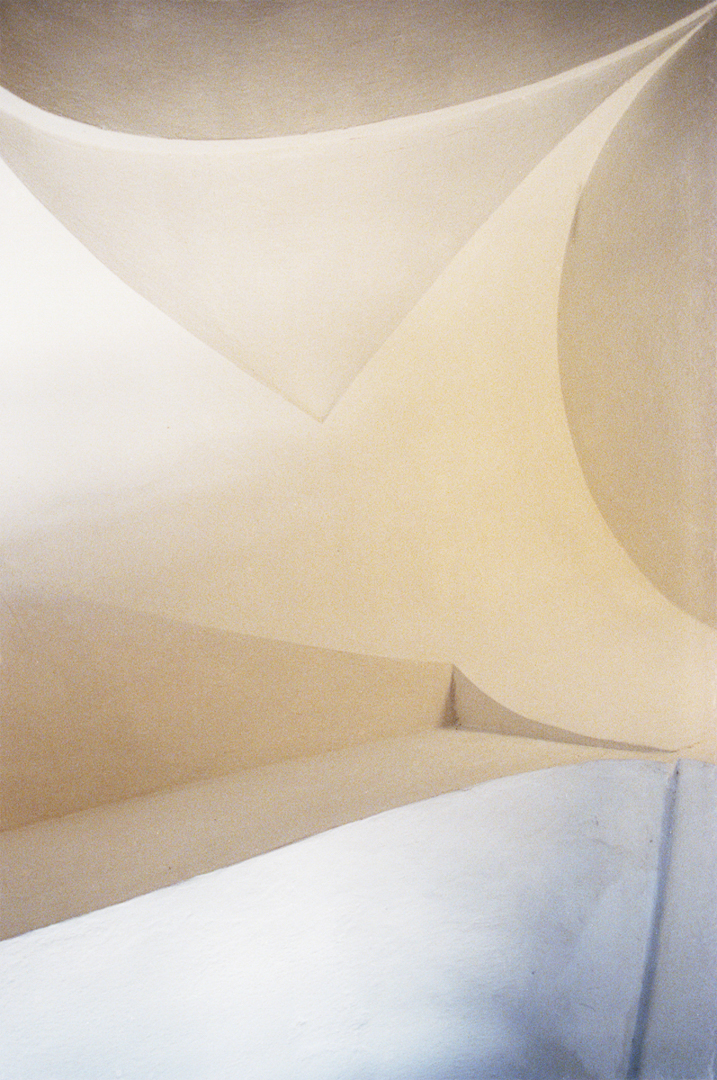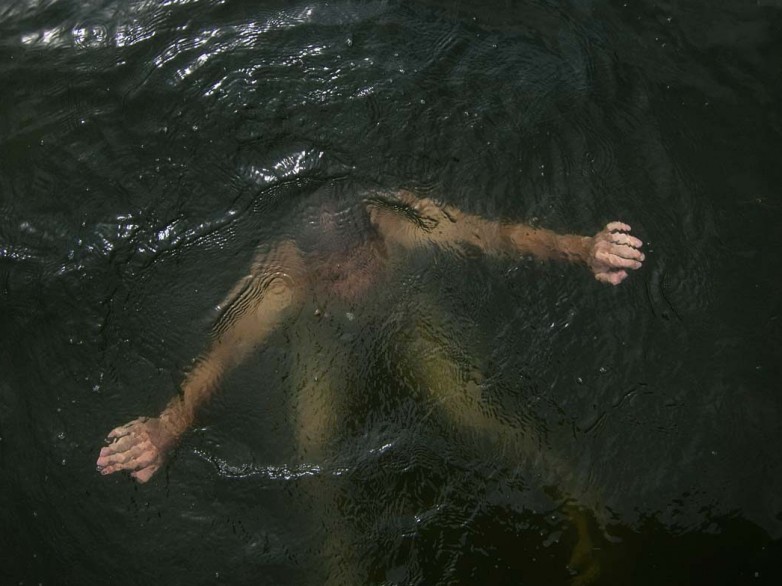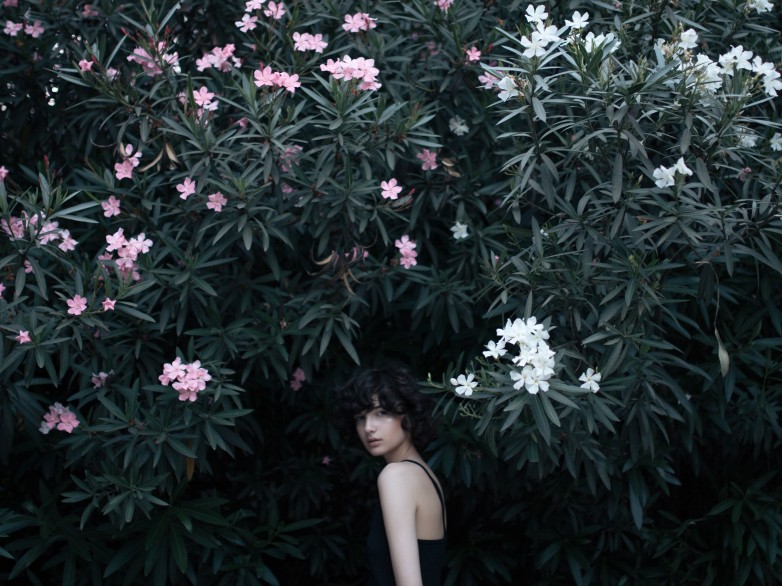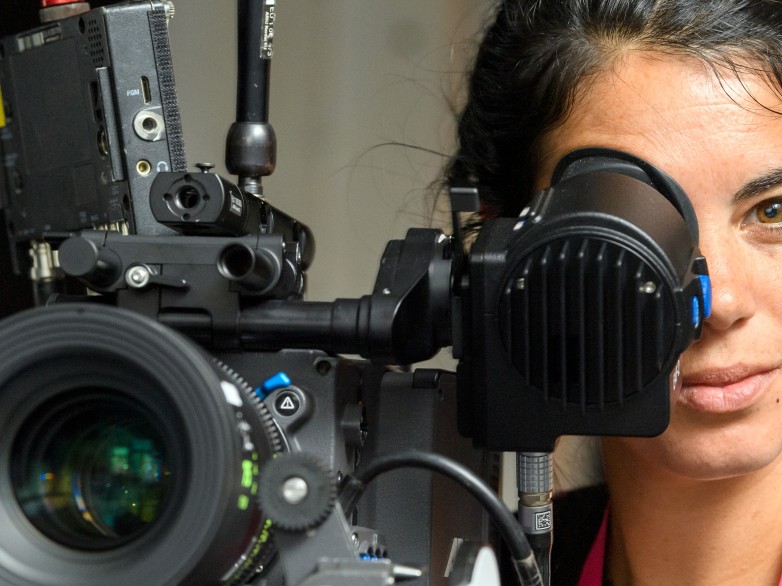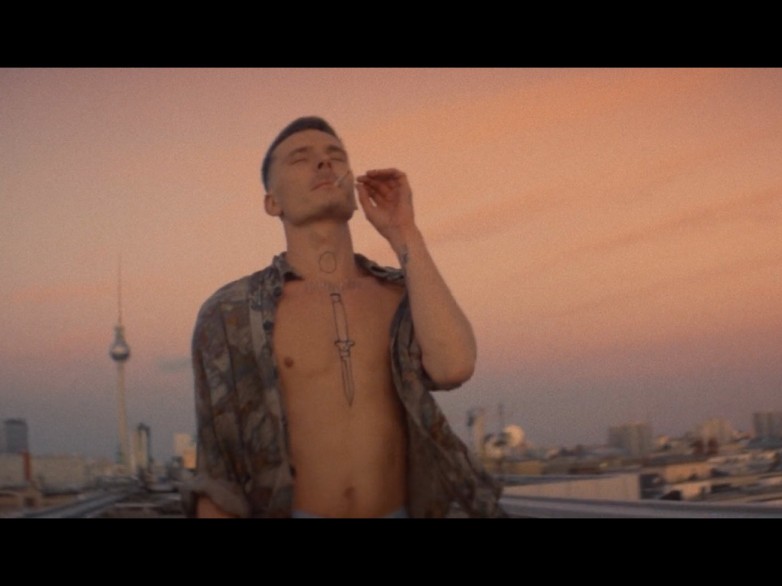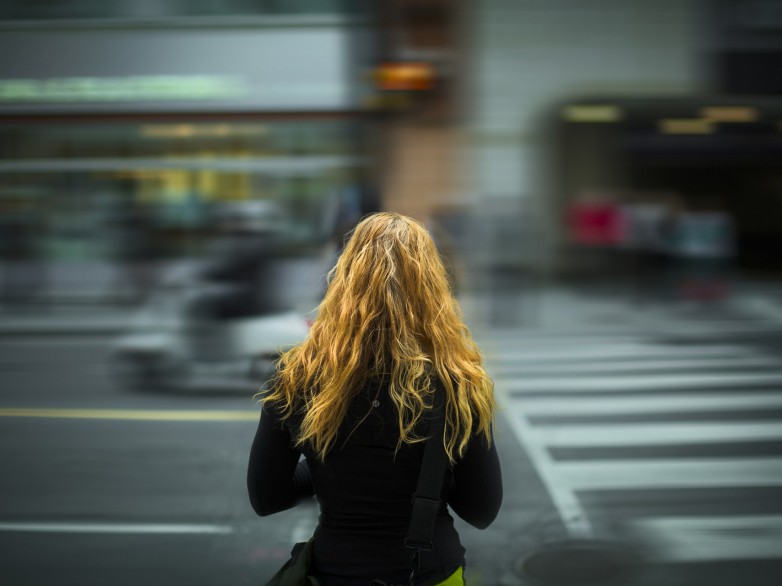Weiche Linien, pastellfarbene Töne und die Magie des Lichts. Die Fotografien von Midge Wattles übermitteln auf feinsinnige Weise die Eleganz und Sinnlichkeit organischer Formen und übermitteln einem Gemälde gleich poetische Raffinesse. Mit Liebe zum Detail enthüllt uns der wachsame Blick der 29-Jährigen die verborgene Schönheit der sizilianischen Landschaft und Architektur. Die Serie ihrer Fine Art „Passage“ begannen mit der Suche nach farblosen Landschaften auf Sizilien. Bereits seit einiger Zeit hatte sich die New Yorkerin in die Mittelmeer Insel im Süden Italiens verliebt.
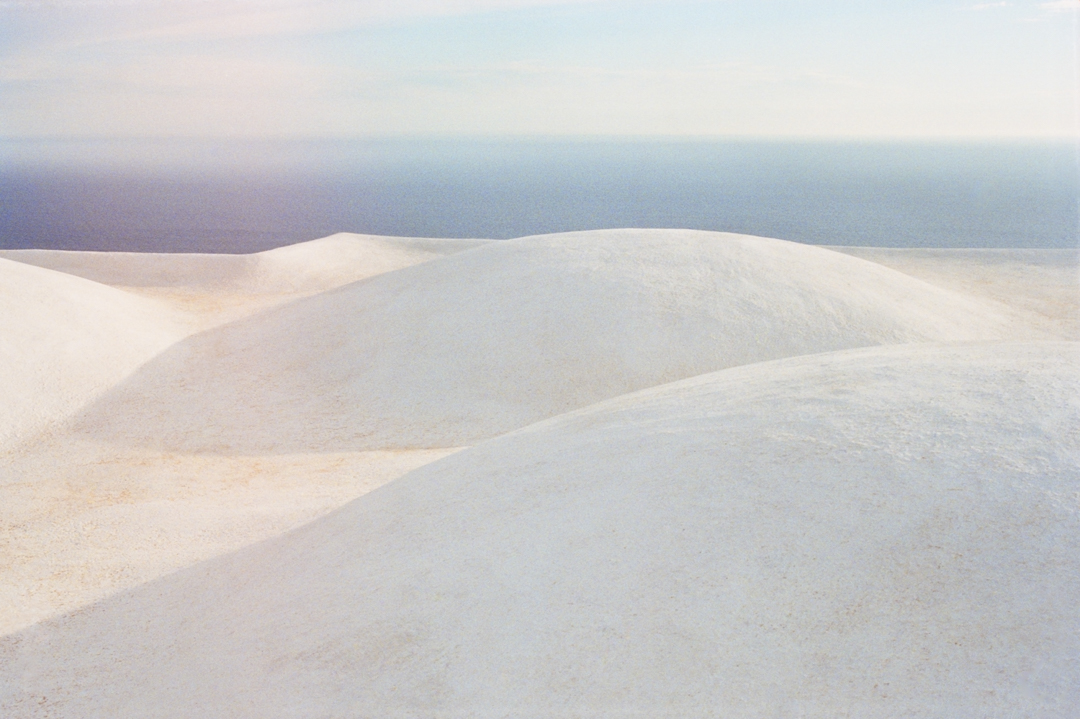
Inspiriert von den Ursprüngen der Kunstgeschichte, verwendet sie Fotografie als Werkzeug, um historische oder persönliche Herkunftslinien in jeder ihrer Serien nachzuzeichnen. So begab sie sich in ihrer jüngsten Arbeit auf die Suche der Elemente Licht, Zeit und Oberfläche, um sie Motive und Materialien zu erfassen. Dokumentiert werden die wunderbar subtilen Aufnahmen dieser sinnlichen Insel in der Ausgabe „Passage & Oxalis“ der Verlages 89Books. Die Galleria Francesco Pantaleone Arte Contemporanea in Palermo stellte die Fotos zudem von Dezember 2018 bis März 2019 aus. Was die Midge darüber hinaus berührt, erfahrt ihr durch ihre eigenen Worte.
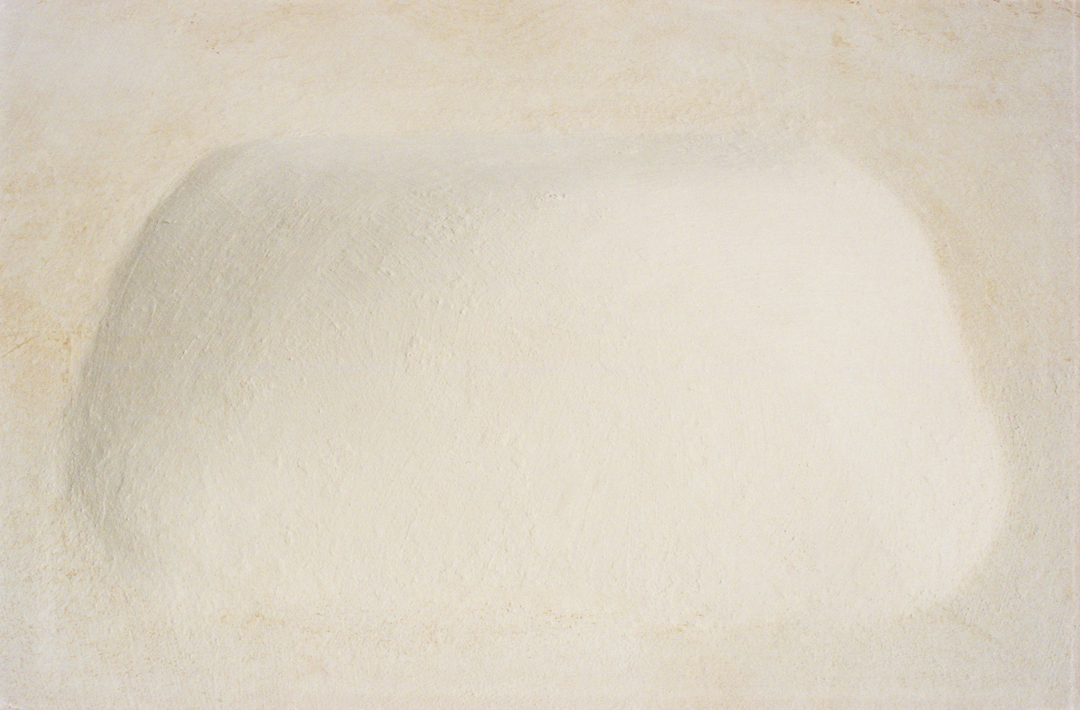
What’s your project “Passages” about?
Passages is a search for something tangible in the landscape and architecture of Sicily. I am interested in the tactile, sensual details of the island’s surfaces. In their markings, I see a touch and in their curves and crevices, I see human forms.
Why Sicily?
My interest in Sicily has been ongoing since 2014, when I first visited Palermo. I was struck by the unique mix of cultures reflected in the city’s architecture and open-air markets. I fell in love with its chaos of forms, sharp light, deep shadows, and the warmth of the community. I have sought opportunities to return every year since and then from 2016-2017, I was awarded a Fulbright scholarship to continue to make work there as well as to conduct research about photographers with work in Sicily. It was during my Fulbright year that I had time to explore the different corners of Sicily and I began working on the series that became Passages.
How did it start?
Passages began at the Scala dei Turchi, this surreal white natural limestone beach in Agrigento. I was deeply inspired by the natural formation of this landscape rising above the Mediterranean sea. I could see abstract figures in its curves and some of the photographs I made later continue to have this bodily impression. I was also making photographs of subtle details in architecture and form, both natural and man-made, interiors and exteriors: the Dammusi houses of Pantelleria, the white labyrinth of the Cretto di Burri, churches, caves, ceilings, roofs. What draws me to these tactile details is the idea that these surfaces hold a kind of malleability, they are the result of an impact or contact with nature or human hands.
Your inspirations are made of…
Art history, myths, painting and sculpture, and fellow artists in my life.
3 things a photographer should be aware of…
Light, presence, and process
Photographers you admire…
It’s constantly changing… Some of the first photographers I admired were Irving Penn, Francesca Woodman, and Duane Michals. Later on it was Jeff Wall, Alec Soth, Saul Leiter, Hiroshi Sugimoto, and I’d now include many Italian photographers: Luigi Ghirri, Enzo Sellerio, Melo Minnella, Fabio Sgroi, Letizia Battaglia, & many others.
A photograph you will never forget…
So hard! There are so many unforgettable photographs that stick in my mind. Maybe this photograph by Enzo Sellerio from the 1950s of a woman in Sicily opening an altar embedded in the wall of a street. She is balancing on a chair to open this little door of the altar and nailed to the wall above the altar are all these dangling mandarin oranges, like little offerings. They look like they are floating in the air above her, almost bird-like, as though she has released them from inside the altar. It’s an ordinary scene, a moment from daily life framed in a minimal composition, and yet it makes you look twice, pausing on that little bit wonder found within the ordinary. Sellerio did this so well, he knew how to celebrate the ordinary.
Thank You Midge!



